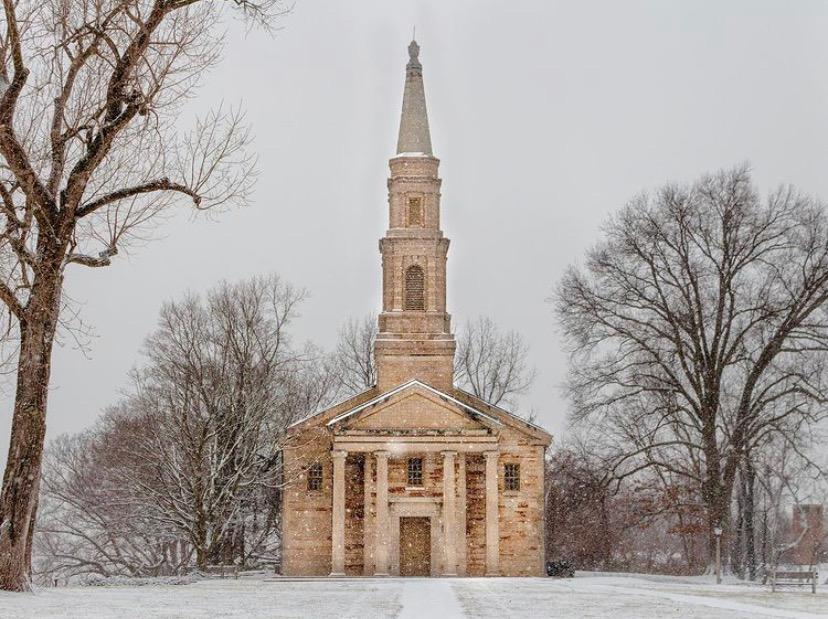As the leaves gradually fall, one thing becomes apparent: winter is coming. Many around the country see this as a signal for comfort food, family drama, and holiday sales. For senior Alysha Akankunda, it is a chilling reminder to flip to her winter wardrobe.
“I don’t have fond memories of the winter,” she says in an interview with the Pilot. “I once almost froze my face off playing soccer.”
When she came to the United States seven years ago, nothing prepared her for Midwestern winters. The transition of summer into fall was mesmerizing, and before she knew it, it was freezing. “I remember playing soccer and telling my coach I can’t feel my fingers,” said Akankunda.
Like many students from more topic regions, Akankunda was not ready to brace for the winter. Yet some students, like sophomore Tobin Blair or 2021 graduate Alex Parish, are infamous for sporting shorts and t-shirts in the dead of winter.
“I love the cold weather but I don’t know how they do it,” says sophomore Emmanuel Atiko, a sophomore.
To survive a Midwestern winter, there are specific rules one must follow. The first is to stay warm. Probably the most important lesson Akankunda has learned over the years is to keep her fingers, ears, and toes warm. Yes, it is time to ditch the slides. “Frostbite is real,” she says.
The key to conquering winter is a solid wardrobe, at least according to senior Caroline Bumbaugh. She recommends thrifting as one of the best ways to build a winter wardrobe. “Goodwill and Platos have great winter options,” she says. With prices starting as low as $5, it’s no wonder it is a student favorite. Bumbaugh also recommends hitting outlet stores like Ross and Marshalls.
“I also encourage asking your friends,” Bumbaugh says. “Sometimes they have coats and other essentials they aren’t using,”
With a closet full of winter essentials, the next step is putting it all together. “My biggest tip for winter is layering,” says sophomore Angel Wysong. “Multiple layers keep your chest warm and protected”. Vests, shirts, sweaters, and an overcoat depending on how cold it is. “The wind here is brutal,” she says, “so layers keep you good.”
Akankunda recommends paying attention to the fabrics you layer. She recommends woolen fabrics to keep your skin dry and warm. However, for days when precipitation is high, it’s advisable to opt for light fast-drying synthetic materials, especially on outer layers. Puffy jackets with synthetic fills are the best option when conditions are damp.
Keeping the skin dry is one of the most reliable ways of conserving body heat. For optimum security, it is important to remember to keep adjusting the layers. Wear outer, heavier layers outside and remove them as soon as you’re indoors. When the body is overheated, the resulting sweat could very easily freeze the second you’re outdoors. As Piasa Pub supervisor Sherry Kinkel puts it, staying warm really depends on the situation. “When I’m outside I’m all layered up, when I’m at home I have my husband.”






